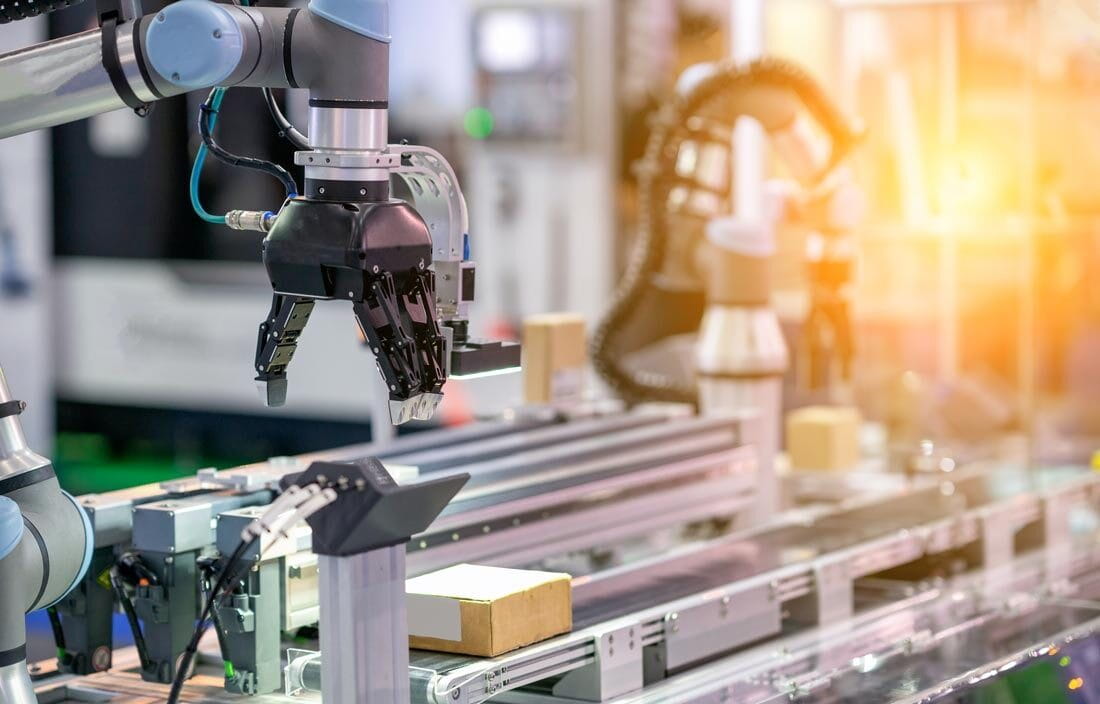A more reliable crystal ball: Improve decision support with predictive costing

Today's technology has given companies access to massive amounts of data intended to measure and improve organizational performance. This, in turn, is creating pressure for faster and more accountable decision making from customers, shareholders, and other stakeholders.
Managers are expressing concerns about their decision-support information, including its accuracy, reliability, timeliness, and predictability. Rightfully so, they're nervous about estimating and quoting. How can you assure your customer that pricing makes sense if you don't understand what's driving it yourself?
Intelligent cost information relies on a tailored cost allocation model
Improved decision-making starts with gaining an understanding of your costs and, more importantly, the drivers of those costs. When it comes to analyzing costs, companies tend to love averages. Unfortunately, average cost is only correct for the particular product or process that represents the average. The law of averages does not apply to understanding product and customer cost and profitability.
How can you assure your customer that pricing makes sense if you don't understand what's driving it yourself?
Take a computer chip and a large metal part. Both might have the same material cost. One comes from China, the other from the States. They have different logistics costs, tie up different amounts of capital, and require different resources for customs, storage, and transportation. Should these two purchased parts have the same freight percentage and/or material overhead rate applied based on part value? (Likely not.)
Or, take two customers. Both order the same widget, pay the same price, and freight is FOB your dock. One customer places daily orders and makes many last-minute forecast changes; the other orders two weeks out to a consistent forecast. One pays in 30 days, the other in 90. One requires extensive reporting and hand-holding; the other is hands-off. Should you calculate customer profitability the same way? (No!)
Since no company can afford 100 percent accurate cost information, a pragmatic approach is in order—one tailored to your organization that models key drivers of costs. This will give you reasonably accurate information for better decision-making without creating an undue reporting burden.
Gain better insights from your cost and profitability data
Follow these four recommendations to drive intelligent insights from your costing data:
- Begin with the end in mind.: When improving your costing and estimating approach, know what questions you ultimately want to answer.
- Look at the business holistically.: Focus costing and estimating efforts on identifying key drivers, and don't stop at the factory floor. Look at the business holistically.
- Welcome, rather than avoid, the cost conversation with customers.: Use their inquiries as a chance to discuss how their behaviors drive costs — and how they can help lower them.
- Remember that the best cost management strategy is cost avoidance.:—in In other words, not incurring the cost in the first place. Identifying cost drivers early on, in the design phase, can dramatically impact cost over the entire product life cycle.
Enterprise-wide, when you know the drivers, you can better predict future costs as you consider new opportunities — whether to acquire a company, add a line of business, or change your product mix. Improved costing supports strategic decision making by making that crystal ball a bit less hazy.
We’re here to help you align cost savings across your organization. Ask us how.




